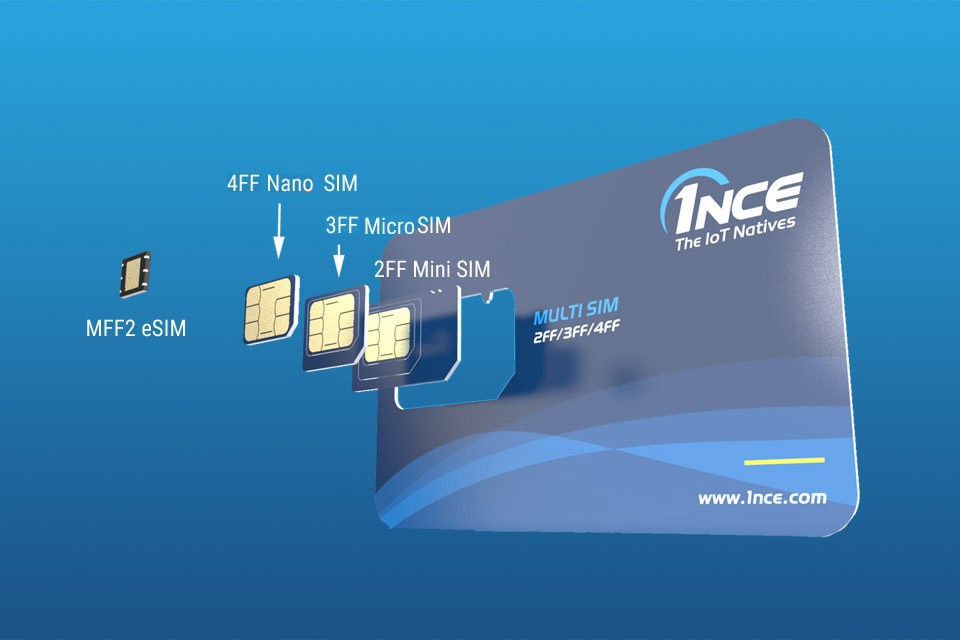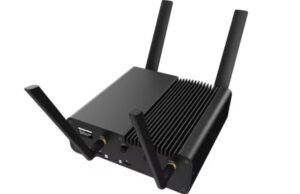Integrated connectivity: Is the eSIM about to break through?

The eSIM technology, a SIM card for mobile communication in the form of a fixed chip on the hardware of the device manufacturer, is becoming the key technology for the Internet of Things. At least, that’s what the new IDC study “eSIM at an Inflection Point: Adoption poised to accelerate” commissioned by G+D Mobile security, a globally active group for mobile security technologies, shows. In the future, the SIM card could even disappear completely as an independent component. The SIM technology could then be built directly into the chip architecture of the end devices, rather than as an independent chip on the circuit board.
What once began as a telephone card in the size of a common businesscard is becoming smaller and more integrated. Mini, micro, nano: the SIM card evolution has undergone a fascinating shrinking process over the years. But in times when mobile connectivity is no longer reserved for smartphones alone, but more and more small devices are being connected to the Internet – or, to be more precise, the Internet of Things – new solutions are needed. The eSIM is the next logical step. It is permanently soldered to the hardware’s circuit board. This enables smaller and more flexible designs and is also intended to increase security.
An embedded SIM card functions from a technical point of view in the same way as a normal SIM card. However, it is vacuum sealed and can be soldered directly onto the circuit board. This also makes the eSIM a perfect option for outdoor devices. It is thus better protected against corrosion and also less sensitive to shocks, as no SIM card is inserted in a slot and could come loose. In addition, the card cannot be removed, which makes it more difficult to misuse.
For their study, the IDC market researchers asked decision-makers from mobile phone-, device- and IoT-providers as well as from the automotive and semiconductor industries about eSIM. According to the study, eSIM is one of the technologies that will have the greatest influence on IoT in the future and will drive its spread. More than 70 percent of the participants in the study reported that they already have eSIM-based solutions in operation or plan to introduce them within the next two years. In other respects, too, there seems to be a great deal of agreement on the future of the eSIM. 80 percent of the respondents expect eSIM technology for mobile network authentication to become established within the next two years. And 98 percent see the eSIM in the 5G age as a key technology that can decisively advance the spread of IoT.
eSIM application examples
However, the study also highlighted other examples of eSIM applications. It is particularly suitable for the protection of user identities, identity confirmation of end devices, application and data integrity, data encryption in the cloud and data protection at the endpoint.
Carsten Ahrens, CEO of G+D Mobile sees the technology at the forefront: “The eSIM technology is at a turning point and is ready for a breakthrough. The study clearly shows that eSIM technology is the central enabler of IoT and that the IoT ecosystem is gathering behind it. The reason for this is that it opens up numerous use cases and revenue sources that go far beyond secure connectivity.”
The SIM card migrates to the chip architecture
But maybe the eSIM is just an interlude. In the future, it could disappear completely as a physical unit. With the iUICC, the somewhat unwieldy term for “Integrated Universal Integrated Circuit Card”, SIM functionalities could in future be incorporated directly into the chip architecture of a device. This would mean that it would no longer be an eSIM as an independent component on the circuit board. According to the study, this technology is basically considered to be future-proof, but is currently not considered mature enough by the participants in the study due to security, certification and provisioning aspects.
G+D plans to present the details of the study in a webinar on April 21.








